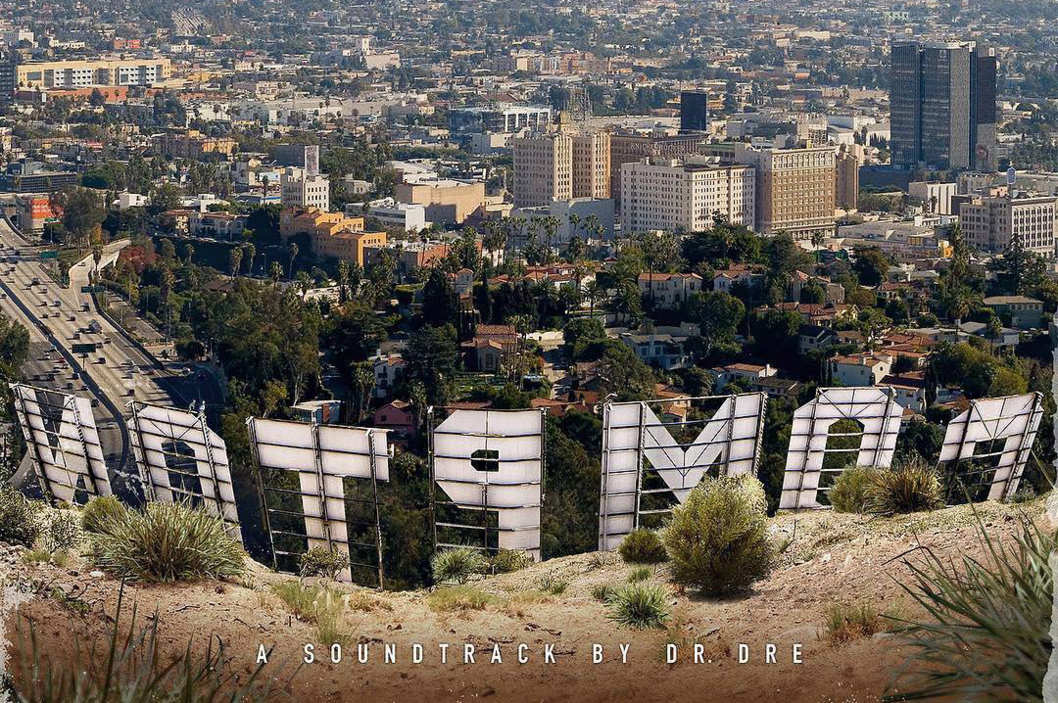How Apple Music and Tidal are Really Doing in the Streaming Wars
The music streaming wars have become a touchy subject as all the major players are trying to get a leg up in the battle. Apple Music, launched in June, hit out at reports in mid-August that users were giving up on the service before their three-month free trial had finished.
The study from MusicWatch had claimed that 48 percent of people had ditched the service, which Apple has wholeheartedly refuted.
Retaining users early on will be the key factor in music streaming services gaining the upper hand but it is one thing to reel in users for a free trial, and another to make sure they stick around and pay for it. The business models of the music streaming giants has come under increasing scrutiny as a result with Spotify regularly rumored to be dropping its free tier.
Getting the edge

Each service is trying different hands to get an edge over the others. Spotify is established, but how have Apple Music and Tidal fared in their first few months?
Apple Music has garnered the most attention and notoriety, despite its rocky launch when Taylor Swift challenged the Cupertino giant for not paying out royalties during free trials (which it caved to). Dr. Dre’s new album, Compton, released ahead of the NWA biopic, was streamed 25 million times in its first week. Dre, the Beats co-founder and eventual Apple employee, has brought some serious clout to Apple’s music streaming ambitions.
The selection is obviously a big factor in convincing users to join. Initial kerfuffle aside, Taylor Swift’s catalog is on Apple Music and not on Spotify and Tidal has attempted to leverage its all-star owners and their friends to create similarly unique offers to subscribers. Most recently, it announced it will stream Prince’s new album Hitnrun on September 7, a notable coup for the service.
The human touch is another of Apple Music’s selling points with the simple message that humans pick better tunes than algorithms. “Algorithms are great but they’re very limited in what they can do as far as playing songs and playing a mood,” Jimmy Iovine told Wired not too long ago.
The Beats1 radio station with DJs like Zane Lowe adds to that human feel too. It’s become something of homage to the old style of tastemakers rather an algorithm pointing out that you like this song so maybe listen to this similar one.
While users can access a song anytime they want on the regular service, the success of Beats1, thus far, has shown people have an appetite for something a little traditional at the same time.
-

-

-

-

-

-

-

-

-

-

-

-

-

-

-

-

-

-

-

-

-

-

-

-

-

-

-

-

-

-

-

-

-

-

-

-

-

-

-

-









































